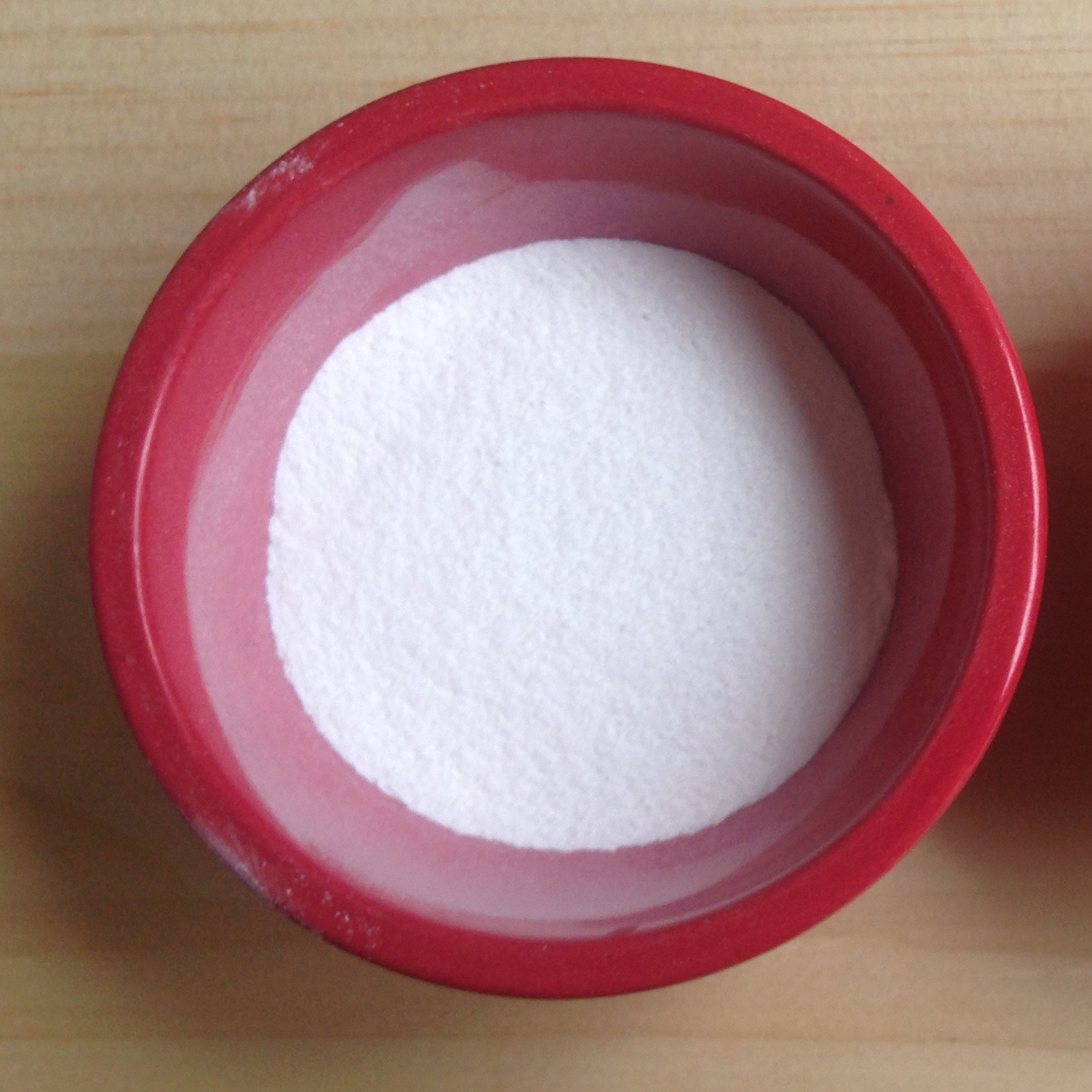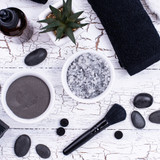Is Sodium Stearate Safe?

What is Sodium Stearate?
Sodium stearate is the ester of sodium and stearic acid -- basically a specialized form of a very hard soap that doesn't lather much and can be used as a stabilizer or to increase viscosity or hardness of a product. (For instance in an emulsion, it can be used as a co-emulsifier and thickener.) It typically comes in flake or pastille form.
Is Sodium Stearate Natural?
Sodium stearate occurs naturally in most soap bars. It's derived from stearic acid which is found in most saturated (solid) fats like coconut oil, palm oil, and tallow. To make sodium stearate, the fatty acids in the oil are separated (usually under high pressure, heat, and a centrifuge) and the stearic acid is isolated. Then, through the process of hydrolysis, the glycerol group (aka glycerin) separated from the fatty acid chains, which then bind with a sodium ion to create sodium stearate.
Is Sodium Stearate Toxic?
Sodium stearate is generally recognized as non-toxic. Ingesting large amounts could cause digestive upset, or inhaling it in powder form could case respiratory irritation. However, as used in most products, it's generally non-toxic. It's not a known reproductive toxin (endocrine disruptor) and not a known carcinogen.
Is Sodium Stearate Vegan?
Sodium stearate *can* be vegan but it can also be produced from tallow or lard. Stearic acid can be sourced from rendering plants, where animal fats from various sources are turned into soaps and other similar compounds. Vegan stearic acid is possible, so if you're avoiding animal products, ask the company of the product in question if their sodium stearate is vegan.
Is Sodium Stearate Eco-Friendly?
Sodium stearate *can* be eco-friendly and sustainably made, but it can also be made from palm oil. Some sources of palm oil have been implicated in deforestation of rainforest habitat.
Is Sodium Stearate A Skin Irritant?
Sodium stearate is generally well-tolerated by skin and not a common allergen or irritant. (Source) However, if you're using a deodorant with sodium stearate and are experiencing underarm irritation, it may be a contributing factor. Skin-to-skin friction is the top cause for underarm rashes (a condition called intertrigo) and the waxy nature of sodium stearate could be increasing that friction. (Especially if the formula feels tacky, gritty, or sticky.) Another cause for underarm rashes is heat rash, when perspiration gets trapped in the skin and bumps/blisters start to form. It's possible that sodium stearate may be trapping moisture in your skin more than it normally would. For more information on underarm rashes, visit this page.
The Bottom Line:
Sodium stearate is a fairly natural ingredient that I would consider a low-risk ingredient in most applications.
Recent Posts
-
Is Charcoal Safe in Deodorant?
Activated charcoal has become a popular natural ingredient in toothpaste, deodorant, soaps, facial c …5th Mar 2024 -
Is Stevia an Endocrine Disruptor?
Is Stevia an Endocrine Disruptor?Stevia rebaudiana, an herb native to Paraguay and Brazil, contains …9th Feb 2024 -
Is Aloe Vera Toxic?
Containing more than 200 different chemical compounds, aloe vera plants and extracts have long been …9th Feb 2024

